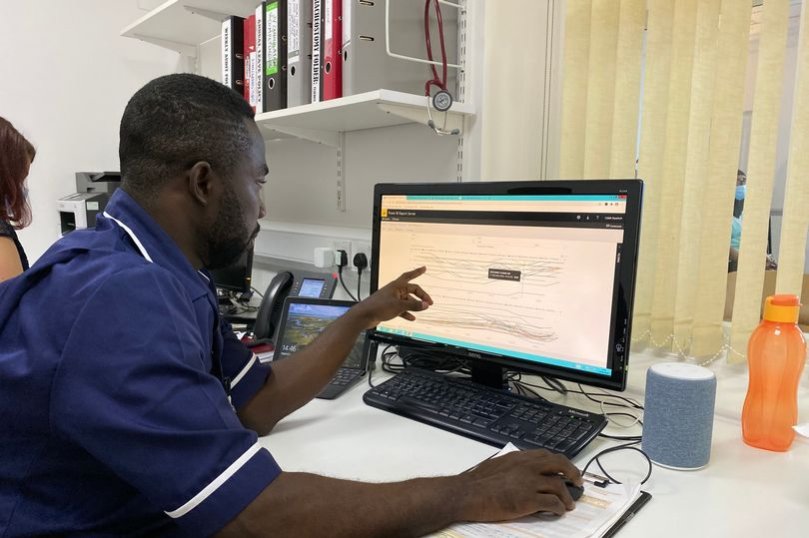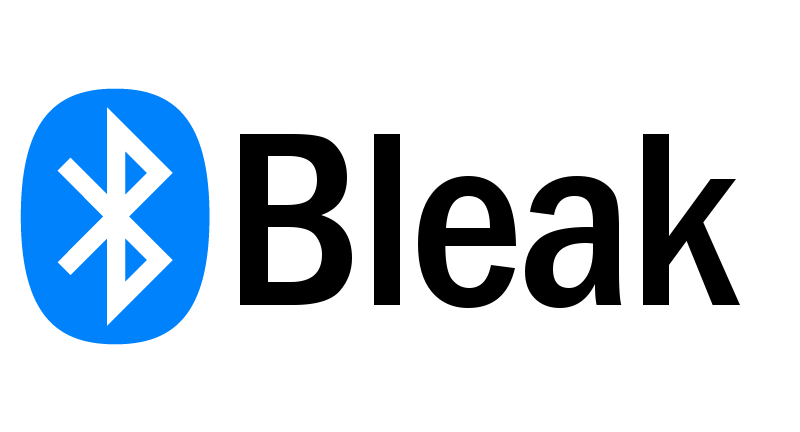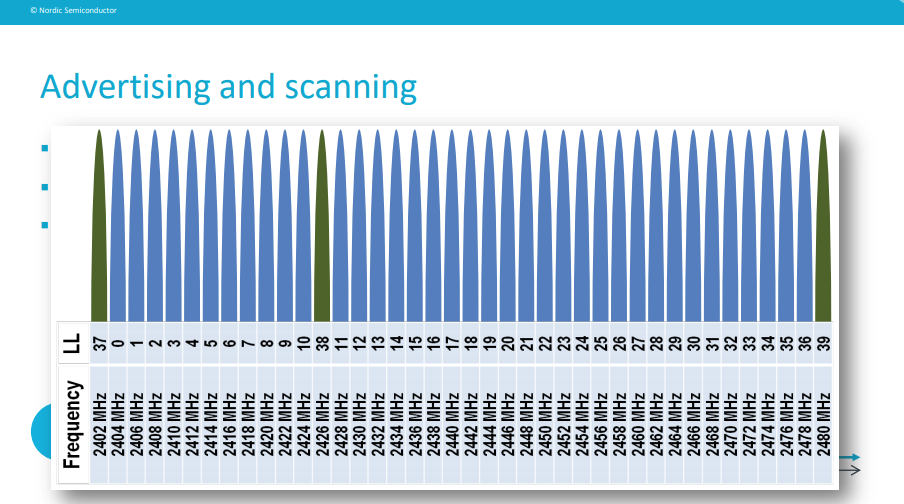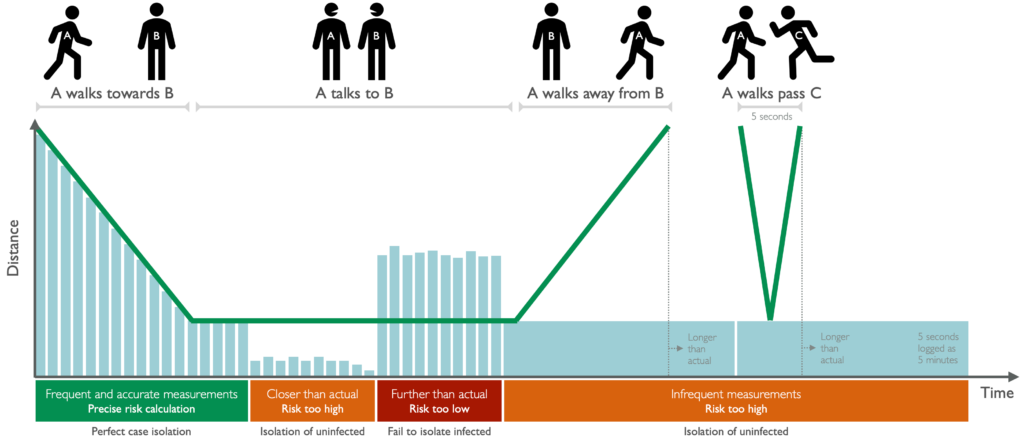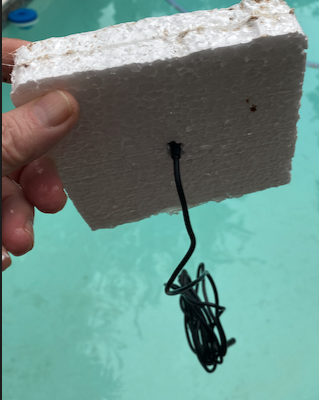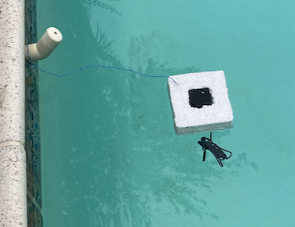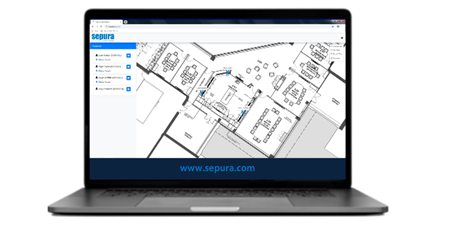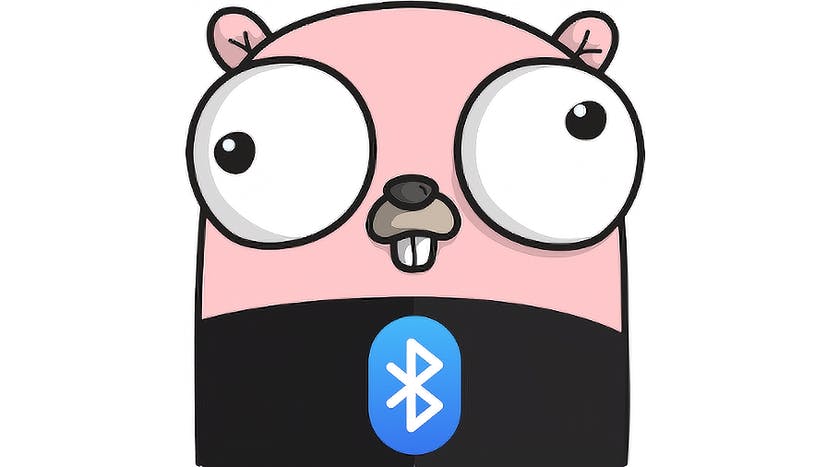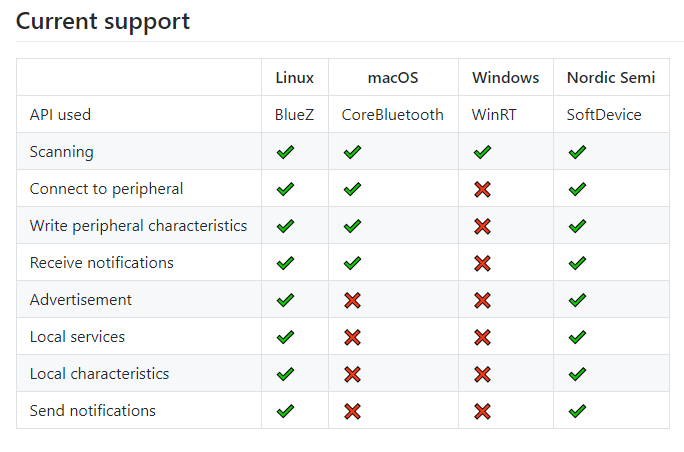Martin Woolley of the Bluetooth SIG was a recent speaker at Droidcon EMEA where he spoke about Advanced Bluetooth for Android Developers (slides).
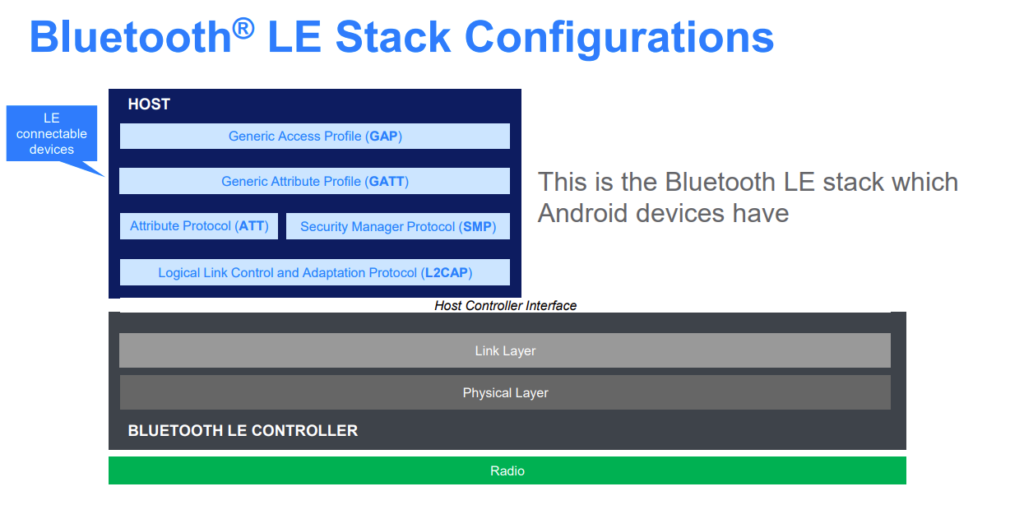
Martin covered scanning, GATT, how to maximise data rates, speed vs reliability and using different PHY for enhanced range or data rates. The second part of the talk covers Bluetooth Mesh and proxy nodes.
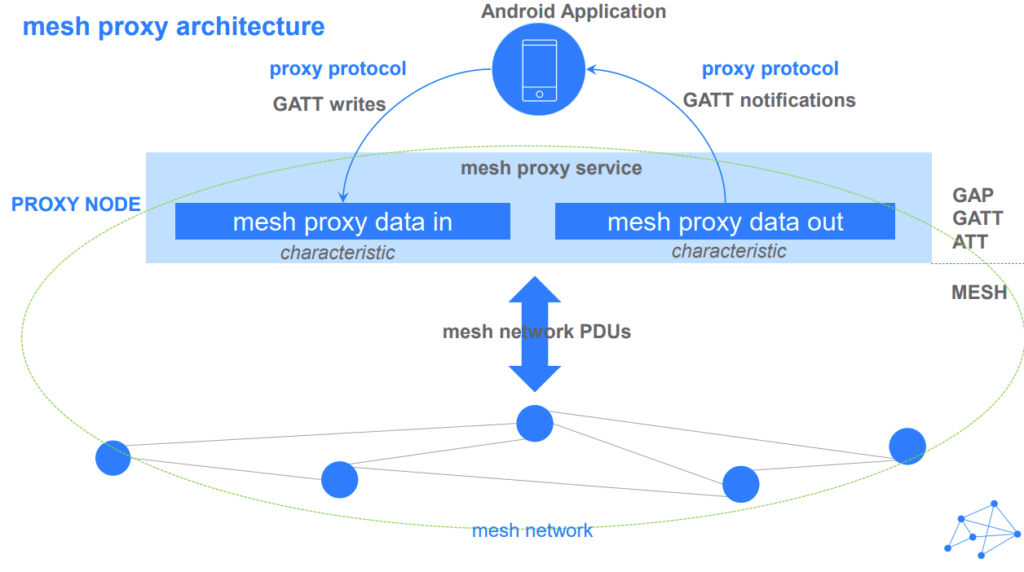
One thing not mentioned in the slides, to be careful of, is that connection via a proxy node is relatively slow because it’s limited by the GATT connection. Proxy nodes are good for controlling (sending small amounts of data into) a Bluetooth Mesh but poor if you want to use the connected Android device as a gateway for all outgoing data.
Martin also has a blog where you can also learn about his past talks and he will be part of the new Bluetooth Developer Meetup.
